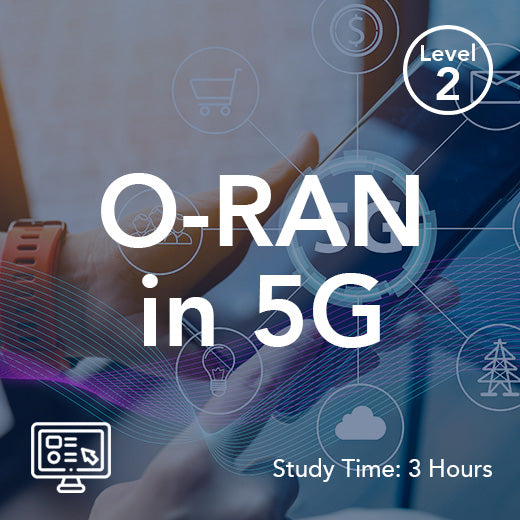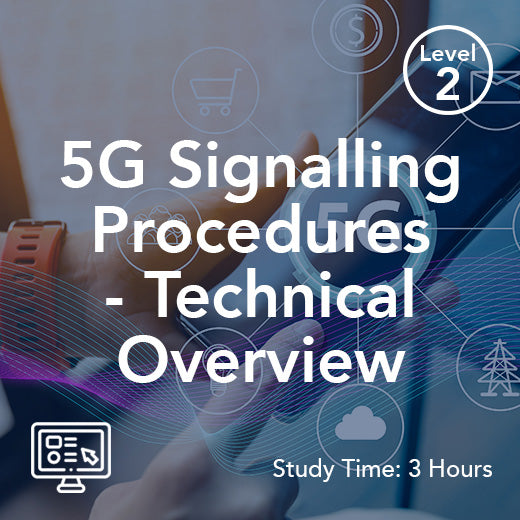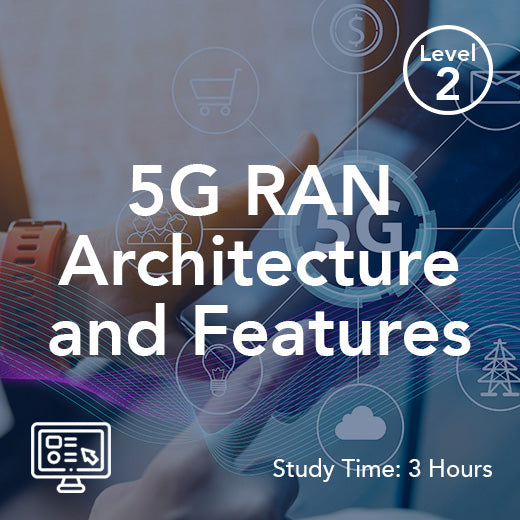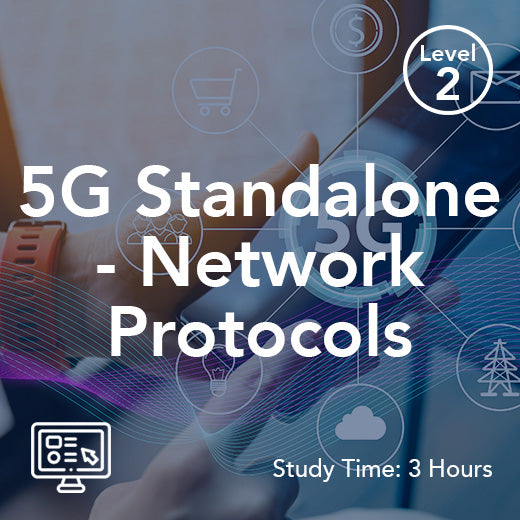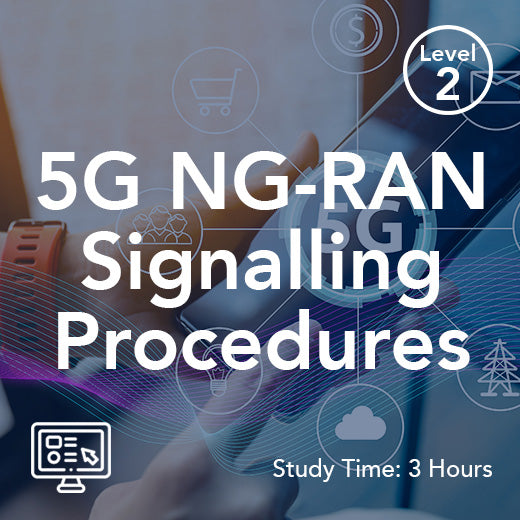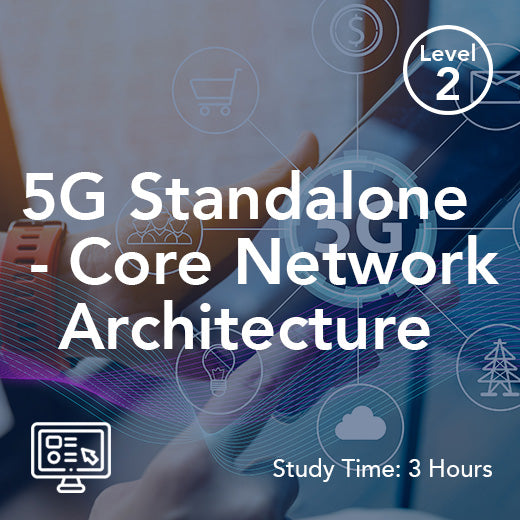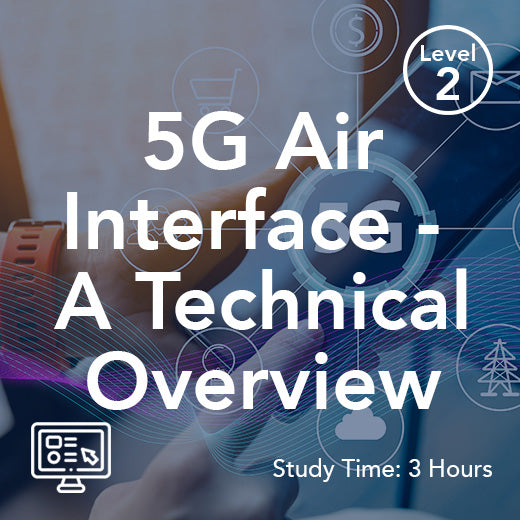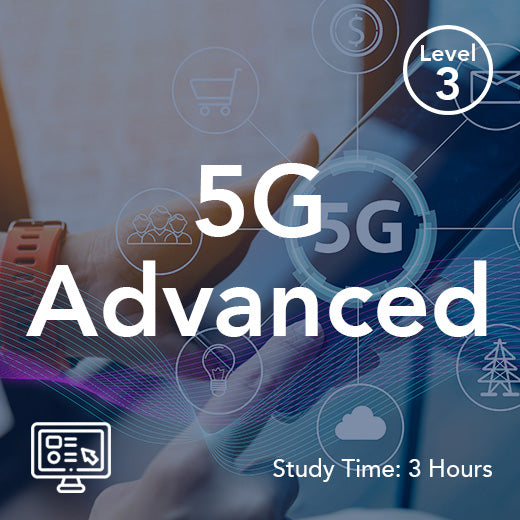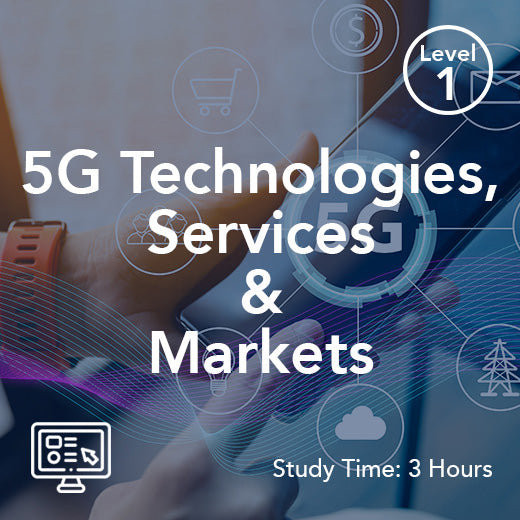How does 5G improve infrastructure monitoring systems?
- , by Paul Waite
- 2 min reading time
5G technology is set to revolutionize the way infrastructure monitoring systems operate, bringing about significant improvements in efficiency, reliability, and overall performance. With its lightning-fast speeds, ultra-low latency, and massive connectivity capabilities, 5G is poised to transform the way we monitor and manage critical infrastructure such as bridges, roads, buildings, and utilities.
One of the key ways in which 5G improves infrastructure monitoring systems is through its ability to support a large number of connected devices simultaneously. This means that sensors and monitoring devices can be deployed in greater numbers and with greater precision, providing a more comprehensive view of the infrastructure being monitored. With 5G, infrastructure monitoring systems can collect and analyze data from a wide range of sensors in real-time, allowing for more accurate and timely detection of potential issues or failures.
Furthermore, the ultra-low latency of 5G technology enables faster response times in the event of an emergency or critical situation. This is crucial for infrastructure monitoring systems, as quick and efficient communication and decision-making can mean the difference between preventing a disaster and dealing with its aftermath. With 5G, infrastructure monitoring systems can quickly relay data and alerts to relevant stakeholders, allowing for swift action to be taken to address any issues that may arise.
In addition, 5G technology offers improved reliability and stability, ensuring that infrastructure monitoring systems can operate seamlessly even in challenging environments or under adverse conditions. This is particularly important for monitoring systems that are deployed in remote or hard-to-reach locations, where connectivity issues can often be a barrier to effective monitoring. With 5G, infrastructure monitoring systems can maintain a strong and stable connection, ensuring that data is transmitted accurately and consistently.
Another key benefit of 5G technology for infrastructure monitoring systems is its support for high-definition video and imaging capabilities. This allows for more detailed and accurate monitoring of infrastructure assets, enabling stakeholders to identify potential issues or vulnerabilities more easily. With 5G, infrastructure monitoring systems can leverage advanced imaging technologies such as drones and cameras to capture high-quality images and videos of infrastructure assets, providing a more comprehensive view of their condition and performance.
Overall, 5G technology offers a host of benefits for infrastructure monitoring systems, from increased connectivity and reliability to faster response times and improved monitoring capabilities. By leveraging the power of 5G, infrastructure monitoring systems can enhance their effectiveness and efficiency, ultimately leading to safer, more reliable, and more resilient infrastructure networks. As 5G technology continues to evolve and expand, the potential for further advancements in infrastructure monitoring systems is virtually limitless, paving the way for a more connected and secure future.
One of the key ways in which 5G improves infrastructure monitoring systems is through its ability to support a large number of connected devices simultaneously. This means that sensors and monitoring devices can be deployed in greater numbers and with greater precision, providing a more comprehensive view of the infrastructure being monitored. With 5G, infrastructure monitoring systems can collect and analyze data from a wide range of sensors in real-time, allowing for more accurate and timely detection of potential issues or failures.
Furthermore, the ultra-low latency of 5G technology enables faster response times in the event of an emergency or critical situation. This is crucial for infrastructure monitoring systems, as quick and efficient communication and decision-making can mean the difference between preventing a disaster and dealing with its aftermath. With 5G, infrastructure monitoring systems can quickly relay data and alerts to relevant stakeholders, allowing for swift action to be taken to address any issues that may arise.
In addition, 5G technology offers improved reliability and stability, ensuring that infrastructure monitoring systems can operate seamlessly even in challenging environments or under adverse conditions. This is particularly important for monitoring systems that are deployed in remote or hard-to-reach locations, where connectivity issues can often be a barrier to effective monitoring. With 5G, infrastructure monitoring systems can maintain a strong and stable connection, ensuring that data is transmitted accurately and consistently.
Another key benefit of 5G technology for infrastructure monitoring systems is its support for high-definition video and imaging capabilities. This allows for more detailed and accurate monitoring of infrastructure assets, enabling stakeholders to identify potential issues or vulnerabilities more easily. With 5G, infrastructure monitoring systems can leverage advanced imaging technologies such as drones and cameras to capture high-quality images and videos of infrastructure assets, providing a more comprehensive view of their condition and performance.
Overall, 5G technology offers a host of benefits for infrastructure monitoring systems, from increased connectivity and reliability to faster response times and improved monitoring capabilities. By leveraging the power of 5G, infrastructure monitoring systems can enhance their effectiveness and efficiency, ultimately leading to safer, more reliable, and more resilient infrastructure networks. As 5G technology continues to evolve and expand, the potential for further advancements in infrastructure monitoring systems is virtually limitless, paving the way for a more connected and secure future.


